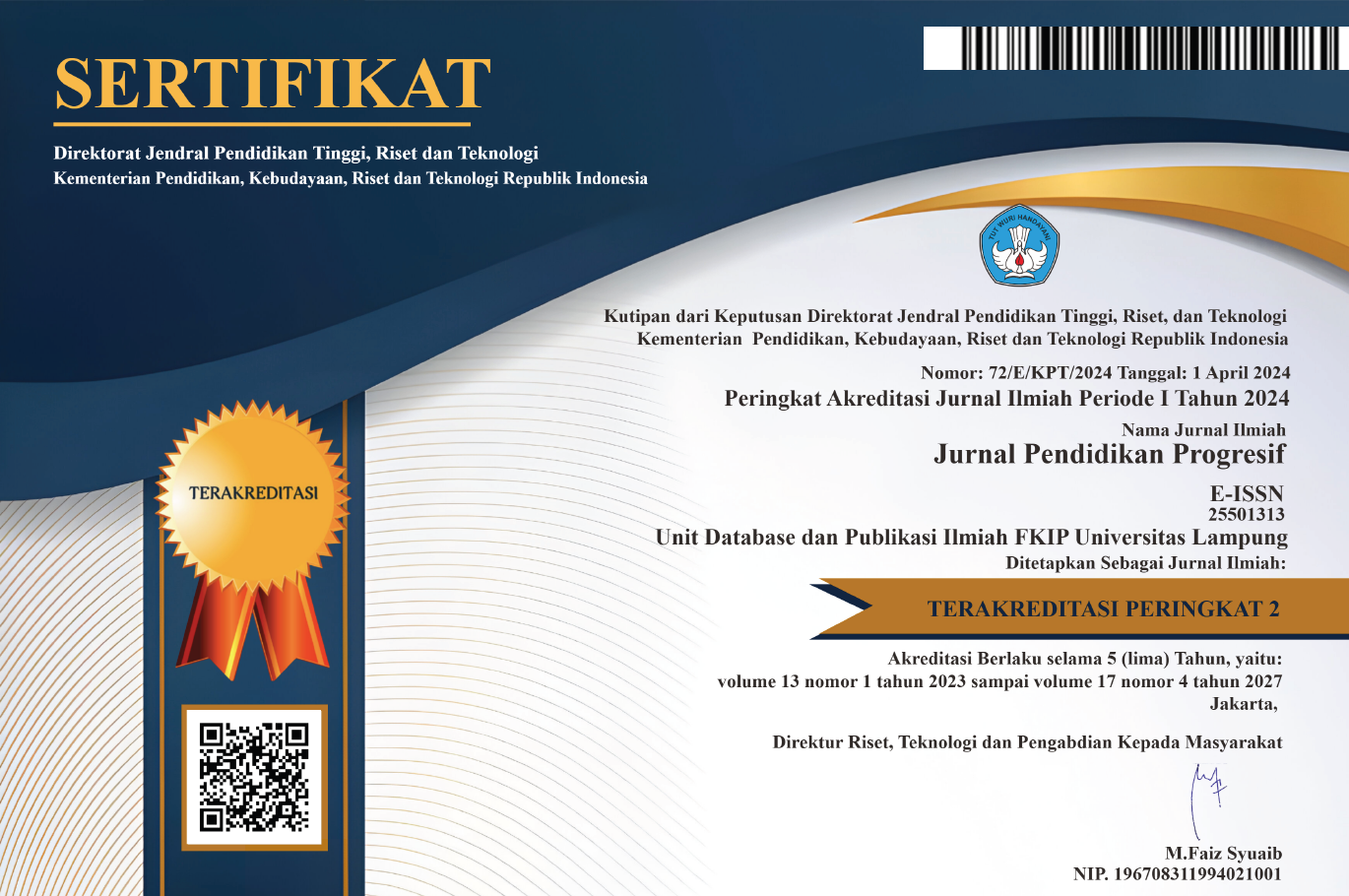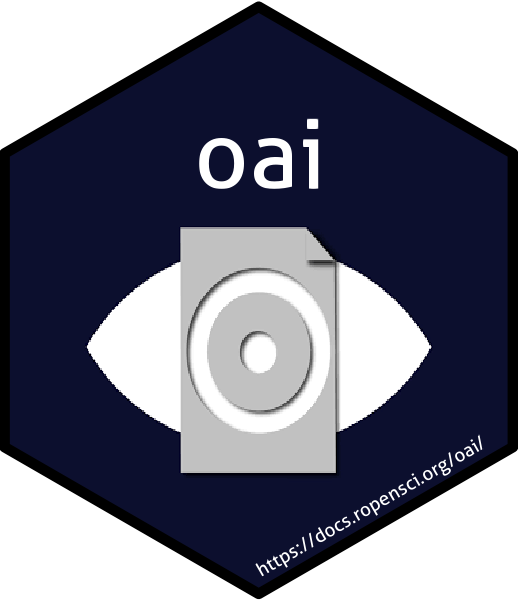The Utilization of Video Makers in Essay Writing: A Case of English Education Study Program at Sriwijaya University
 Country:
Country:
(1) Universitas Sriwijaya, Indonesia
(2) Universitas Sriwijaya, Indonesia
(3) Universitas Sriwijaya, Indonesia
The Utilization of Video Makers in Essay Writing at English Education Study Program of Sriwijaya University. Objective: The aim of this study was to discover the fifth-semester students’ views on the use of video makers in essay writing at English Education Study Program of Sriwijaya University. Method: This study applied descriptive qualitative method. There were 39 participants who participated in answering the questionnaires of this study. The data was presented and described based on the percentage obtained from the result of the questionnaires. Finding: The results of this research showed that using video makers in essay writing has a beneficial impact on students’ multimodality writing in the twenty-first century. Conclusion: Along with the advancement of technological tools, students of the 21st-century can create multimodal composition of video essays by utilizing video maker application in project-based multimodal essay writing.
DOI: http://dx.doi.org/10.23960/jpp.v13.i2.202356
Al Saied, N., & Akhtar, F. (2021). Media students using mobile phones in the Arabian Gulf to improve English writing and video production skills. Learning and Teaching in Higher Education: Gulf Perspectives, 17(1), 4-15.
Bouchey, B., Castek, J., & Thygeson, J. (2021). Multimodal learning. innovative learning environments in stem higher education: opportunities, challenges, and looking forward, 35-54.
Bower, M. (2017). Design of technology- enhanced learning: Integrating research and practice. Emerald Group Publishing.
Chai, H. H., Gao, S. S., Chen, K. J., Duangthip,
D., Lo, E. C. M., & Chu, C. H. (2021). A
concise review on qualitative research in dentistry. International Journal of Environmental Research and Public Health, 18(3), 942.
Collins, A., & Halverson, R. (2018). Rethinking education in the age of technology: The digital revolution and schooling in America. Teachers College Press.
Creswell, J. W., & Poth, C. N. (2016). Qualitative inquiry and research design: Choosing among five approaches. Sage publications.
Dahlström, H. (2019). Digital writing tools from the student perspective: Access, affordances, and agency. Education and Information Technologies, 24, 1563-1581.
Fouad, N. I. (2021). Multimodal writing of university students: the case of academic posters. The American University in Cairo (Egypt).
Ghosheh Wahbeh, D., Najjar, E. A., Sartawi, A. F., Abuzant, M., & Daher, W. (2021). The role of project-based language learning in developing students’ life skills. Sustainability, 13(12), 6518.
Gündüzalp, S. (2021). 21 st century skills for sustainable education: Prediction level of teachers’ information literacyskills on their digital literacy skills. Discourse and Communication for Sustainable Education, 12(1), 85-101.
Hadi, M. S., Izzah, L., & Paulia, Q. (2021). Teaching writing through Canva application. Journal of Languages and Language Teaching, 9(2), 228-235.
Hafner, C.A. (2014). Embedding digital literacies in English language teaching: Students’ digital video projects as multimodal ensembles. TESOL quarterly, 48(4), 655-685.
Inderawati, R., & Vianty, M. (2021). Technology use and technology-related learning experiences as perceived by Indonesian tertiary EFL students. International Journal of Applied Linguistics and English Literature, 10(3), 33-40.
Jiang, Y., & Vásquez, C. (2020). Exploring local meaning-making resources: A case study of a popular Chinese internet meme (biaoqingbao). Internet Pragmatics, 3(2), 260-282.
Kress, G. (2010). Multimodality: a social semiotic approach to contemporarycommunication. New York: Routledge.
Lobe, B., Morgan, D., & Hoffman, K. A. (2020). Qualitative data collection in an era of social distancing. International Journal of Qualitative Methods,19,1–8.
Mahardika, I. G. N. W., Widiati, U., Bhastomi, Y., & Suryati, N. (2021). Camera roll, action! non-specialist undergraduate English learners’ perceptions of using video production in learning English. Journal of University Teaching & Learning Practice, 18(3), 08.
Pourmandnia, D., Mohseni, A., Rahmanpanah, H., & Rostami Abusaeedi, A. A. (2021). Developing EFL learners’ referential and expressive types of writing implementing project-based procedure: Achievements and perceptions. Iranian Journal of English for Academic Purposes, 10(4), 1-17.
Naik, M. N., & English, T. (2021). Fostering second language writing using multimodal text International Journal for Innovative Research in Multidisciplinary Field, 41.
Omland, M. (2021). Technology-aided meaning- making across participation structures: interruptions, interthinkingand synthesising. International Journal of Educational Research, 109, 101842.
Pasaribu, M. F., Inderawati, R., & Yunus, M. (2019, January). Using tutorial video on youtube to improve the procedure writing achievement of the ninth graders of smp negeri 1 indralaya utara. In International Seminar and Annual Meeting BKS- PTN Wilayah Barat (Vol. 1, No. 1).
Simamora, M. K., Inderawati, R., & Hayati, R. (2020). The use of ict in relation to the paragraph writing achievement of english education study program Students at Sriwijaya University. English Community Journal, 4(2), 98-108.
Sun, Y., Yang, K., & Silva, T. (2021). Multimodality in L2 Writing: Intellectual Roots and Contemporary Developments. Multimodal Composing in K-16 ESL and EFL Education (pp. 3-16). Springer, Singapore.
Taherdoost, H. (2018). Validity and Reliability of the Research Instrument; How to Test the Validation of a Questionnaire/Survey in a Research. SSRN Electronic Journal, 5(3), 28–36.
Tessamonica, T., Inderawati, R., & Erlina, E. (2019). The use of video-blogging to improve students’speaking achievement through project-based learning of xi graders at sma muhammadiyah 1 Palembang (Doctoral dissertation, Sriwijaya University).
Visosevic, T., & Myers, A. (2017). Video essay: the multimodal assignment of now. In Proceedings of the 2nd Association for Visual Pedagogy Conference (pp. 166- 171).
Wulandari, M. (2019). Improving EFLlearners’ speaking proficiency through instagram vlog. LLT Journal: A Journal on Language and Language Teaching, 22(1), 111-125.
Yulianti, E., Sofendi, S., & Inderawati, R. (2020). Students’perceptions on Essay Writing Course Based on The Implementation of Twenty-First Century Learning (Doctoral dissertation, Sriwijaya University).
Refbacks
- There are currently no refbacks.

This work is licensed under a Creative Commons Attribution-ShareAlike 4.0 International License.
View My Stats






